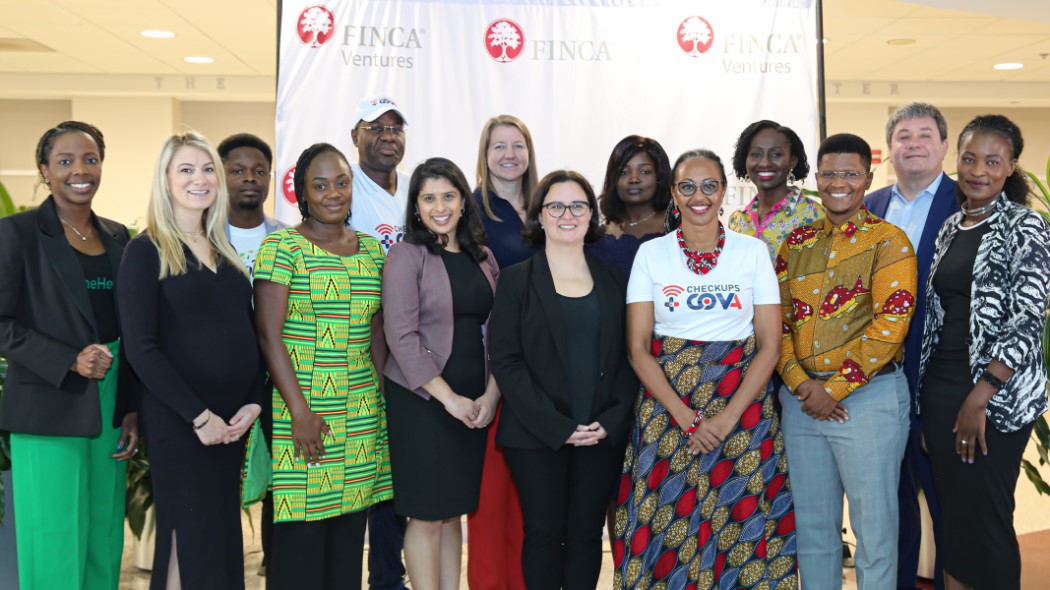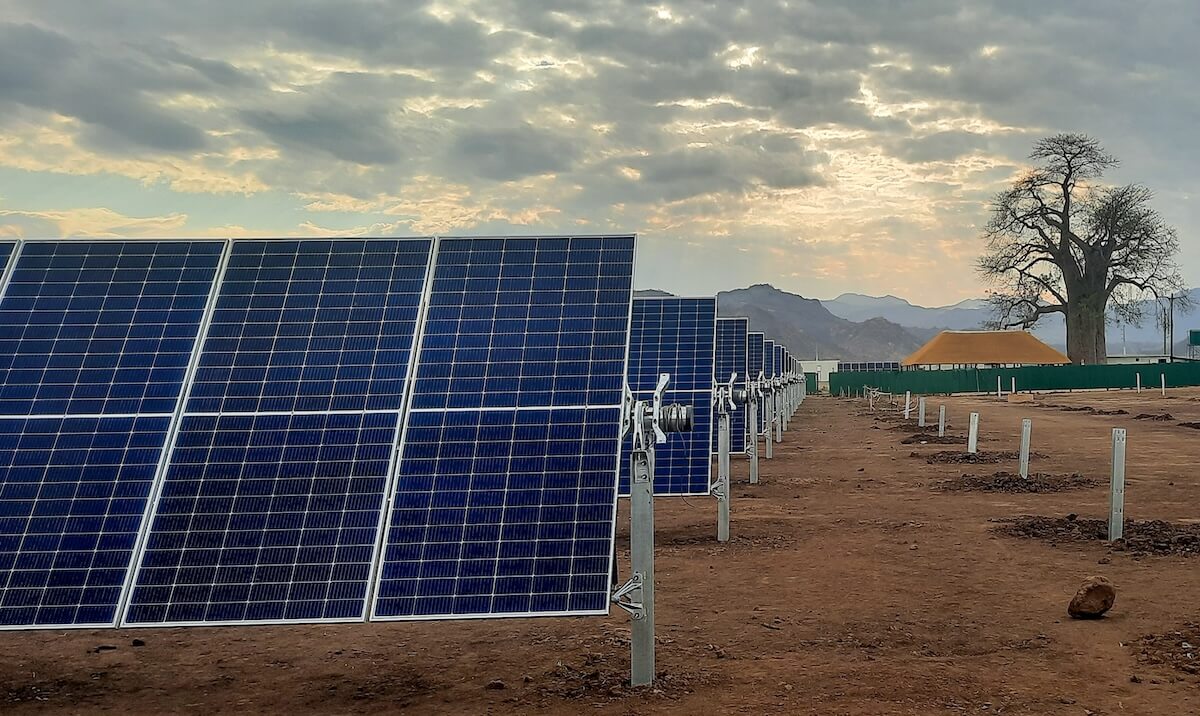By Dennis Price, David Bank and Marina Leytes
A year ago, every company had to have a Big Data story. Now, no initiative is complete without AI and machine learning. Extra points for “blockchain.”
Next up: companies, asset owners and fund managers touting their alignment with “the SDGs.” If you don’t know already, those are the Sustainable Development Goals, with colored icons to represent 17 ambitious targets world leaders agreed to reach by 2030.

The SDGs, sometimes referred to simply as “the global goals,” are the successors to the Millennium Development Goals, which through 2015 helped drive remarkable global progress against extreme poverty, hunger and gender parity in education. The new global goals are even more ambitious, covering developed as well as developing countries and presuppose an active role for private industry and private investors as well as the usual suspects of foreign aid agencies, development banks and philanthropies.
As such, the goals have become a unifying framework to tie together the disparate actions of corporations, non-governmental organizations, entrepreneurs and investors, as well as government ministries and traditional development players. In recent months, pension and sovereign wealth funds, as well as corporations and major banks and wealth managers, have declared their alignment with one or more of the Global Goals.
The SDGs are a universal framework.
-Sophie Robé, Phenix Capital
Whether that signals the opening of the spigots of private capital for goals such as end poverty in all its forms everywhere (№1) or achieve gender equality and empower all women and girls (№5) remains to be seen. Experts have pegged the incremental costs of hitting the SDG targets at $5 trillion to $7 trillion a year for the next dozen years or so. It may be more helpful to see the SDGs as a compass pointing to new market opportunities worth $12 trillion a year in savings and revenues.
In the Netherlands and Sweden, national-level frameworks are uniting pension funds, insurance firms and bank around shared goals. Led by pension fund managers PGGM and APG, Dutch financial institutions and policymakers have built a SDG investing agenda to integrate action across Dutch investment value chains.
“We have an opportunity as a country, to strengthen our competitive position in business and leading role in international trade and development finance,” signatories wrote in Building Highways to SDG Investing. The report charts Dutch retail investment products aligned to each SDG.
Following the Dutch announcement, six of Sweden’s biggest institutional investors including Alecta, Folksam and The Church of Sweden said they will integrate the SDGs into their investment decisions.
Business accelerators also see the SDGs as a useful organizing framework. Unreasonable Group and the U.S. State Department yesterday announced Unreasonable Goals, an initiative to identify and scale up over 200 global high-growth entrepreneurs — 16 each year through 2030 — that are best positioned to tackle the SDGs. Agora Partnerships, the social enterprise accelerator in Latin America, is adding training linked to the SDGs to help entrepreneurs measure their impact.
For many investors, contemplating yet another new framework may seem like a headache. Is this just the shiny new thing? It is just retrofitting old investment with new names? Will it make a dent? How will we know?
But a global set of near long-term priorities may be just what forward-thinking investors need. “Before we were fighting on definition. Nobody is discussing or questioning that anymore,” Sophie Robé, founder of Dutch consulting firm, Phenix Capital, told ImpactAlpha. The SDGs, she said, “are a universal framework.”
By pointing to the world’s biggest challenges, the SDGs reduce friction around which impact areas to prioritize. By aligning multiple stakeholders, the global goals may give an edge to investors who help finance the solutions.











